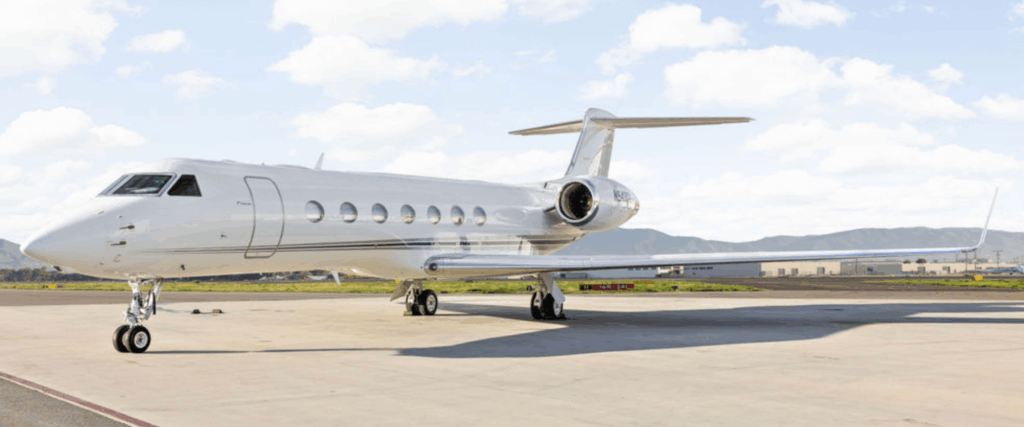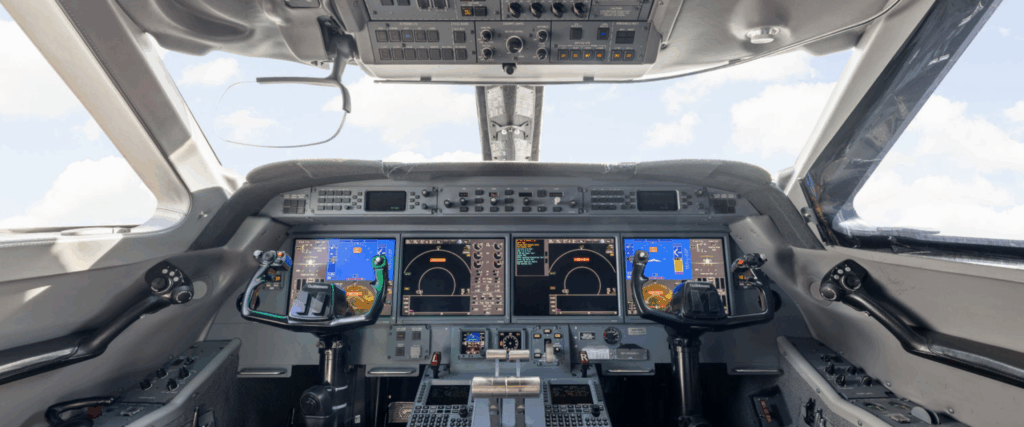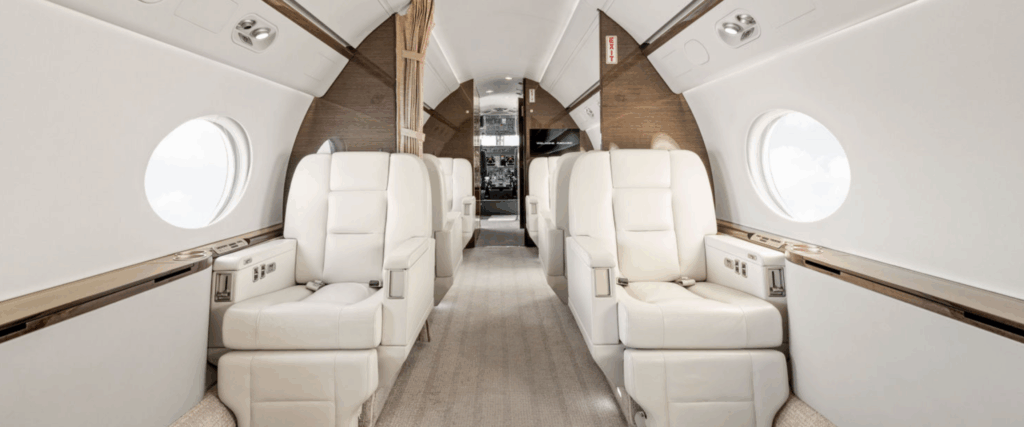Every aircraft has a story. Some stories are straightforward — a single corporate owner, meticulous records, engines on program. Others are complicated — multiple owners, gaps in maintenance logs, undisclosed repairs. The only way to truly uncover that story is through a pre-purchase inspection (PPI).
In business aviation, the PPI is not a box to check; it’s the cornerstone of a successful transaction. It protects buyers from hidden risks, gives sellers credibility, and establishes trust between both sides. Without it, buyers are flying blind — and the consequences can be costly.

A REAL-WORLD SCENARIO
Consider a recent example: a midsize aircraft on the market at what seemed like a fair price. The paint was fresh, the interior was stylish, and the records appeared in order. On paper, it looked like a great deal. But during the PPI, technicians discovered corrosion in the wing structure and an engine nearing overhaul that had not been disclosed in the seller’s marketing materials. The findings added nearly $1 million to near-term costs. Without the PPI, the buyer would have inherited those expenses unknowingly. Instead, they renegotiated the purchase price and avoided a painful financial surprise.
WHY THE PPI MATTERS
The inspection goes far beyond cosmetics. It provides:
- Transparency: It validates whether the aircraft being marketed is the aircraft being delivered.
- Negotiating Power: Findings become leverage to adjust price, require repairs, or in some cases walk away entirely.
- Peace of Mind: Buyers gain confidence they are making a sound investment, while sellers build credibility by cooperating in the process.

WHAT’S COVERED IN A PPI
- Airframe: Inspecting for corrosion, fatigue, structural repairs, and compliance with service bulletins.
- Engines and APU: Borescope inspections to evaluate internal condition, review of cycles, and confirmation of program enrollment.
- Avionics: Ensuring compliance with FAA/EASA mandates and verifying the software is up to date.
- Cabin Systems: Wi-Fi, entertainment, galley, and lavatory — often overlooked but critical for passenger experience.
BEST PRACTICES
- Buyer’s Choice of Facility: The buyer should always select the inspection facility to ensure independence and avoid conflicts of interest.
- Independent Technical Oversight: A technical representative advocating for the buyer ensures findings are understood and addressed.
- Clear Agreement in LOI: Before inspection begins, the LOI should define who pays for which discrepancies — typically, the seller addresses airworthiness items while the buyer assumes cosmetic ones.

THE RIPPLE EFFECT
A PPI doesn’t just impact today’s deal — it sets the stage for tomorrow’s resale. A well- documented inspection provides a baseline that supports residual value. Future buyers gain confidence knowing the aircraft was vetted properly during its last transaction. Skipping or rushing a pre-purchase inspection is like buying a skyscraper without checking the foundation. You might get away with it, but the risks are enormous. In business aviation, the PPI is your insurance policy — the moment when truth meets marketing.
At Holstein Aviation, we manage the PPI process end-to-end. Our team coordinates with inspection facilities, technical experts, and escrow to ensure clarity and fairness for our clients. By bringing decades of transaction experience to the table, we turn what could be a stressful hurdle into a confident step forward. With Holstein Aviation at your side, the inspection isn’t just about uncovering risks — it’s about securing peace of mind.